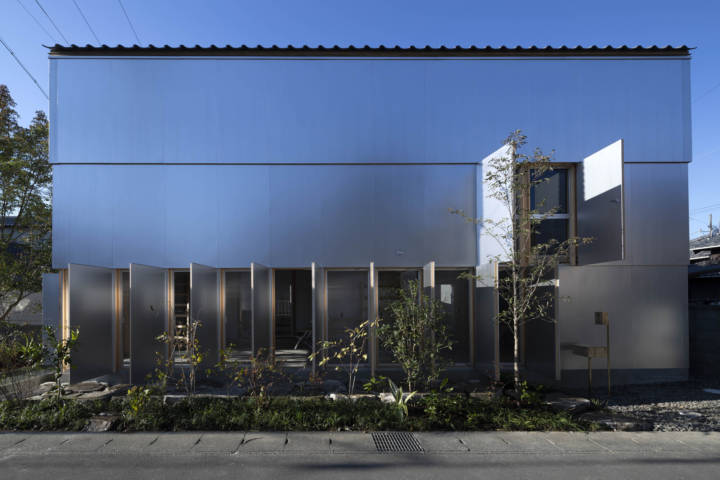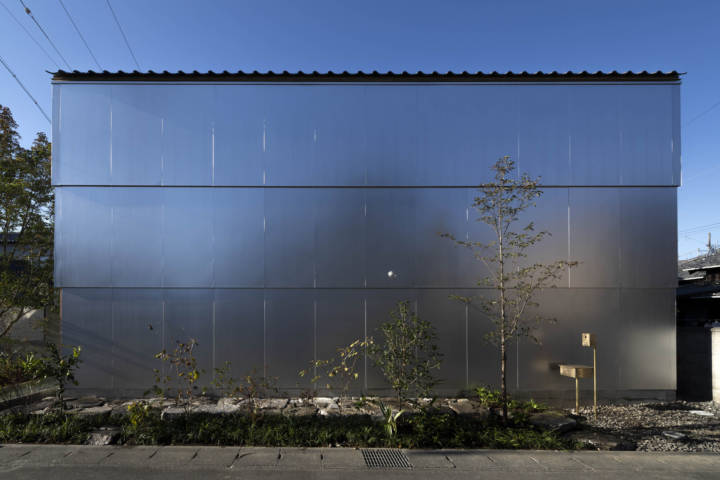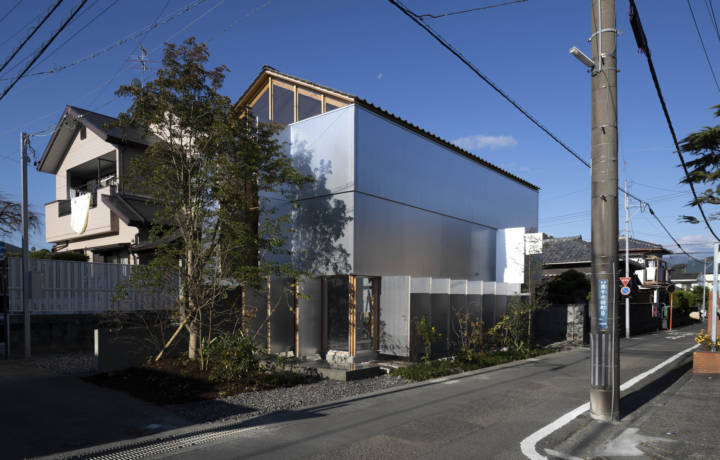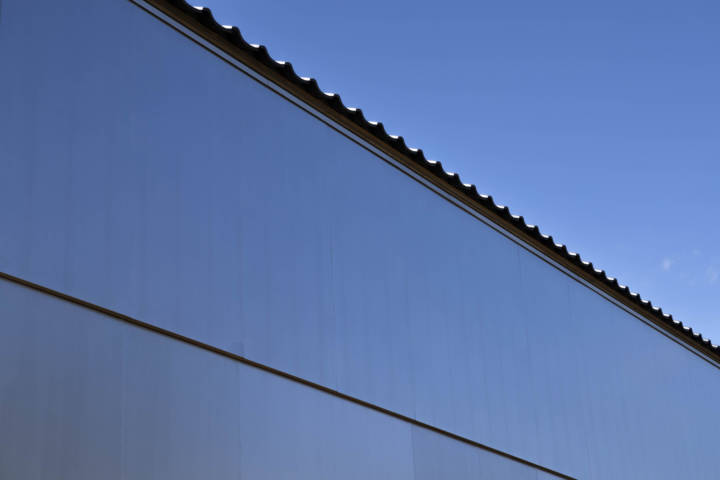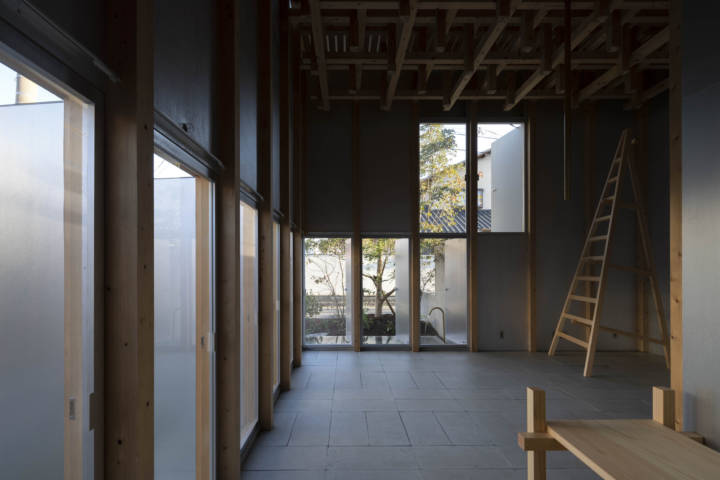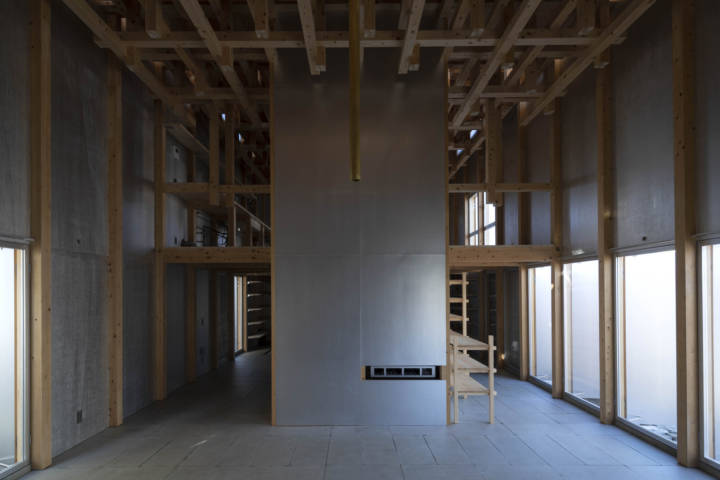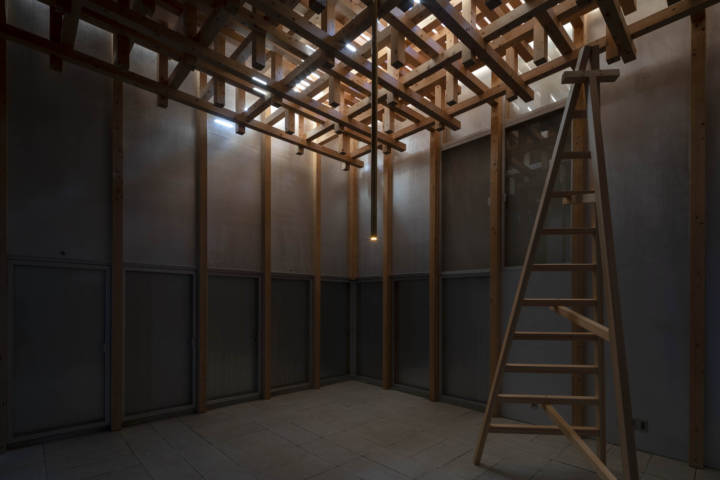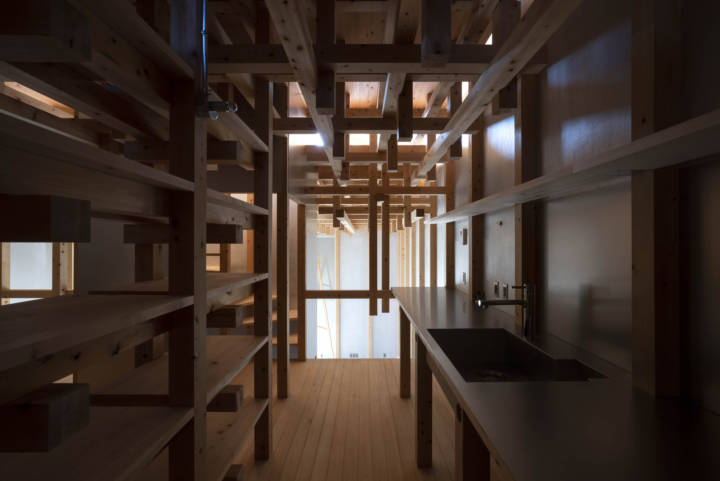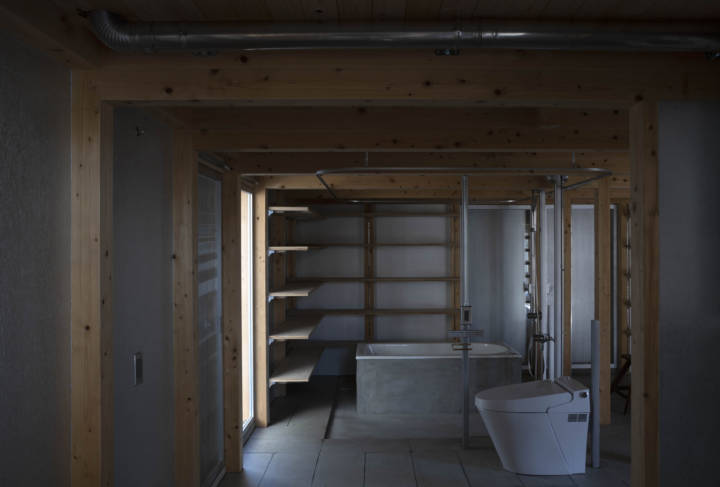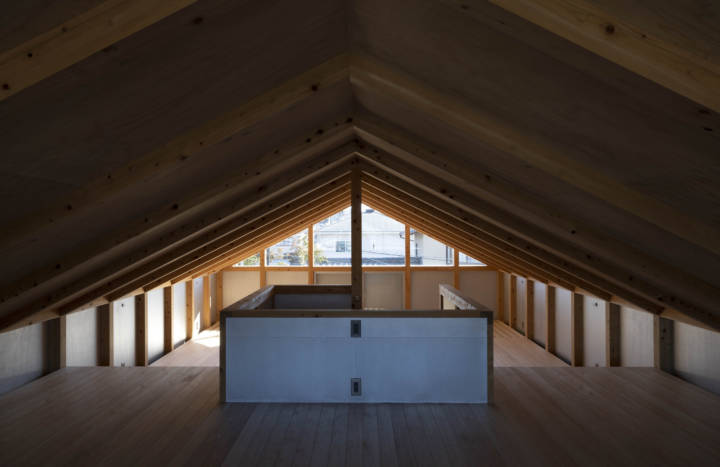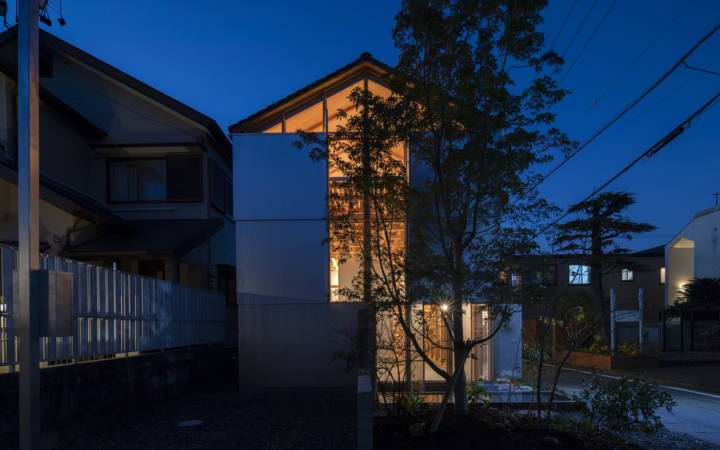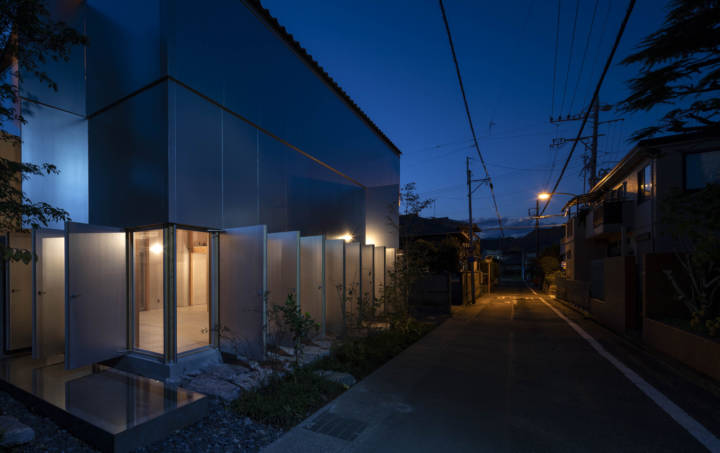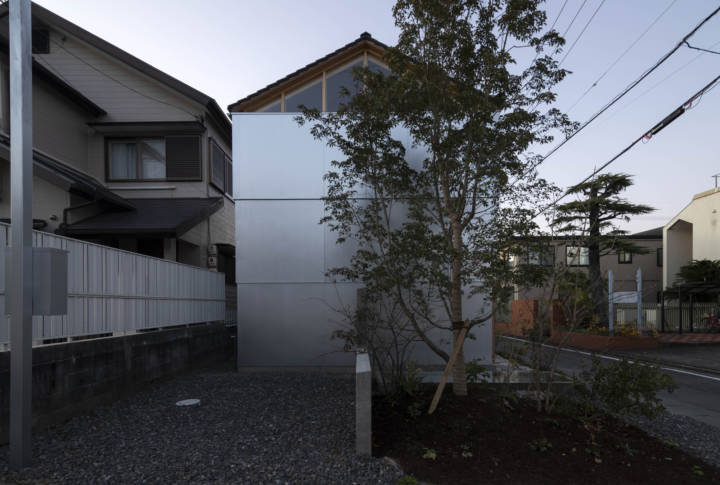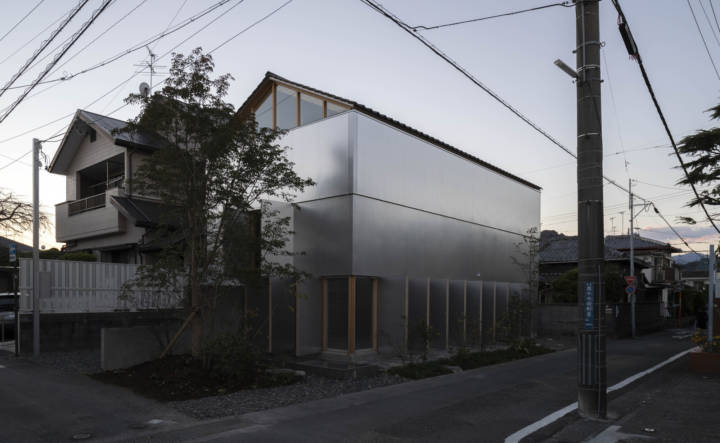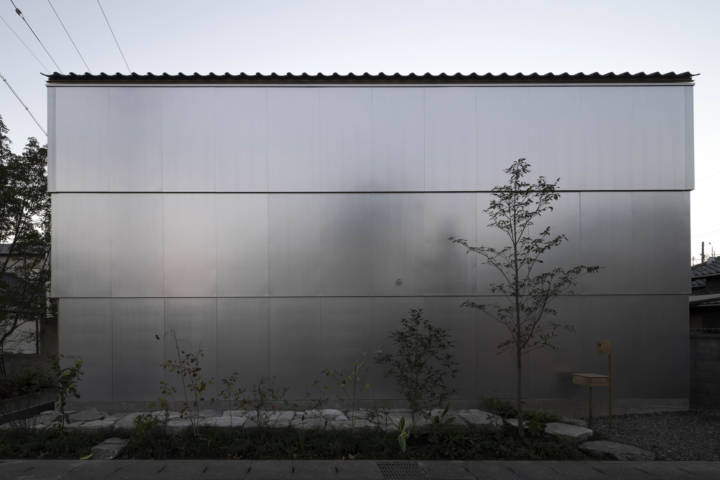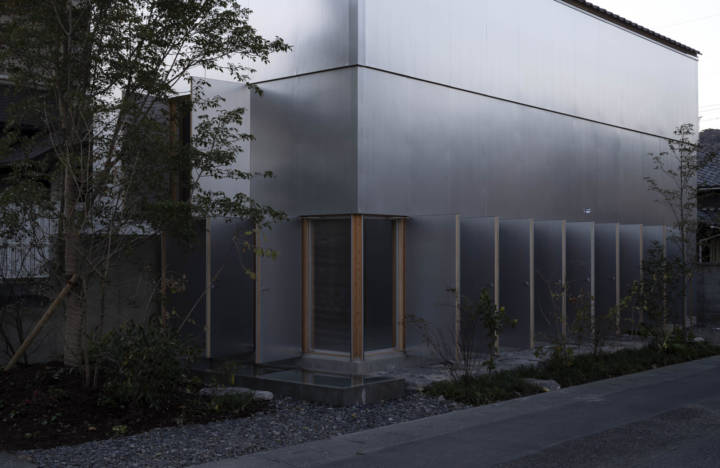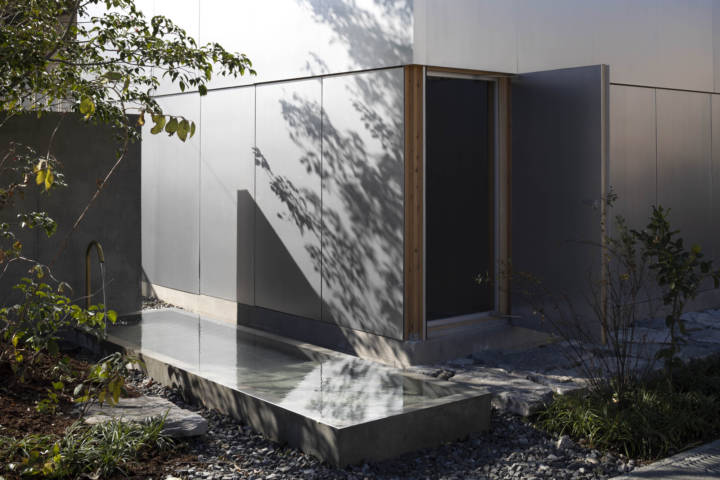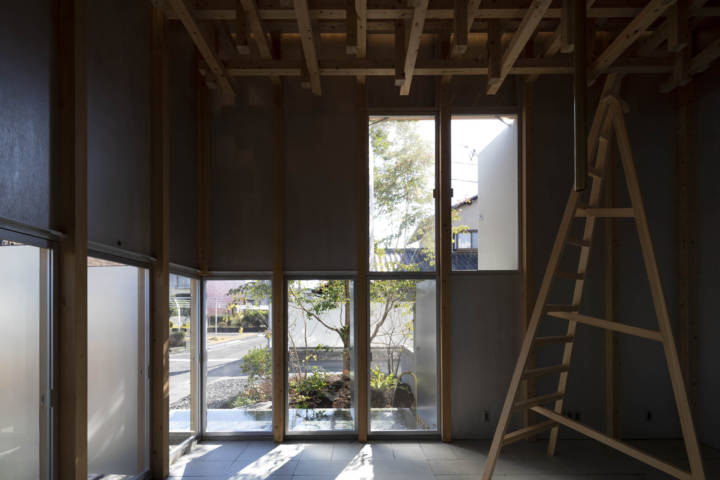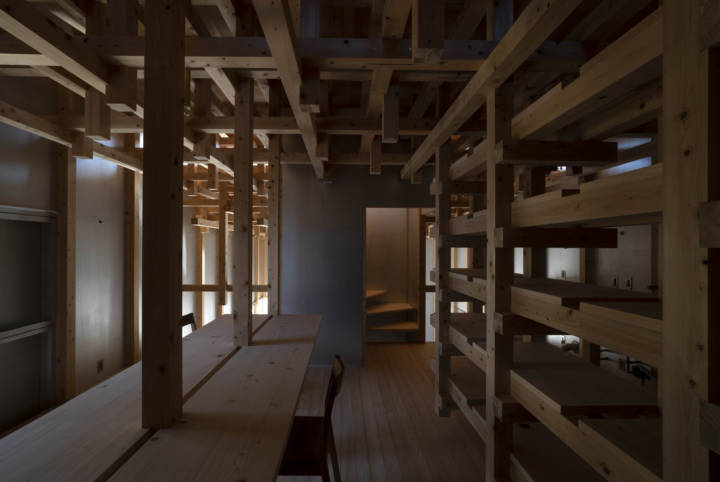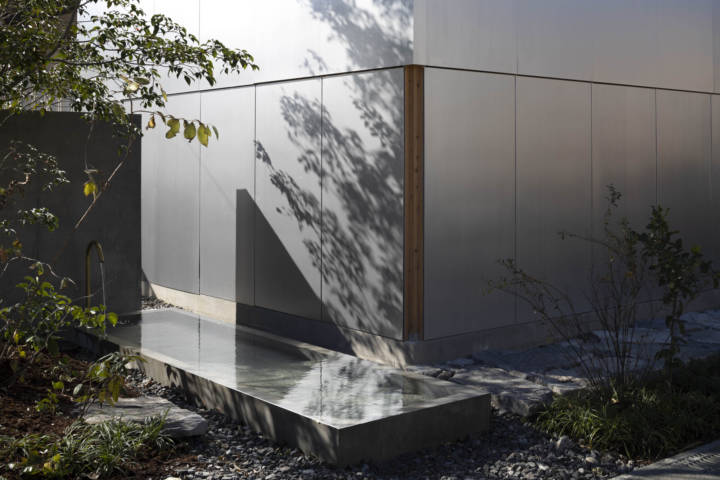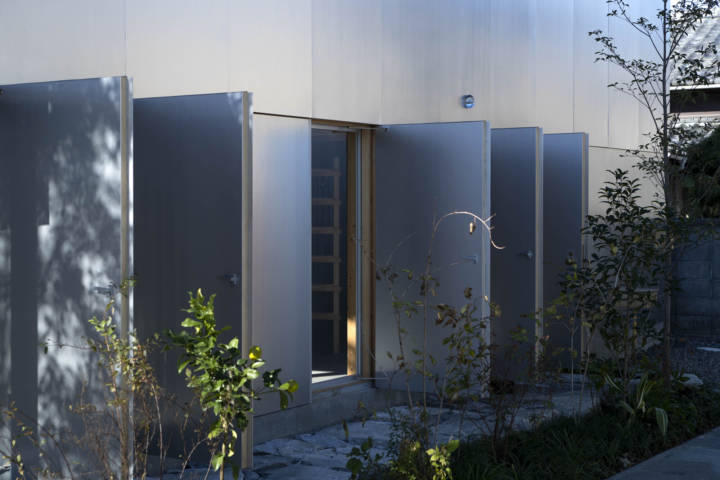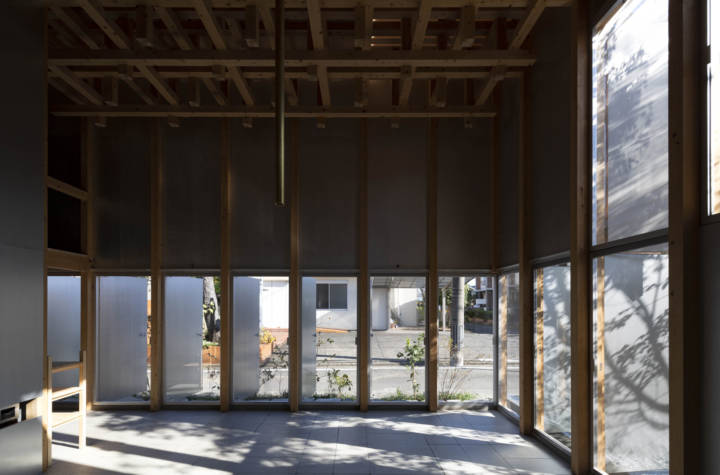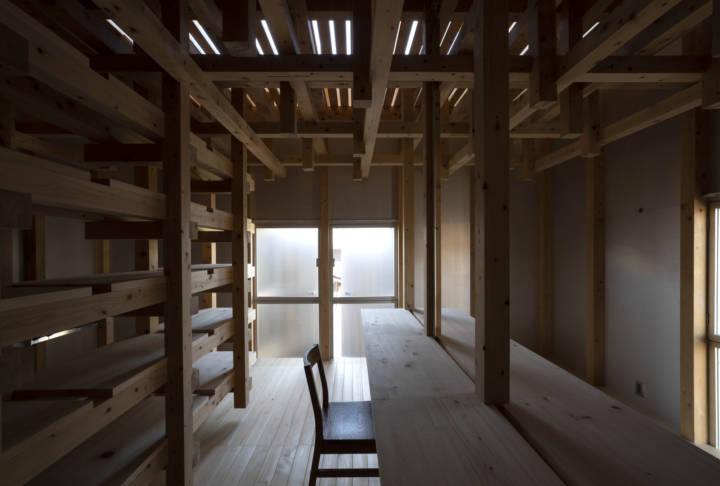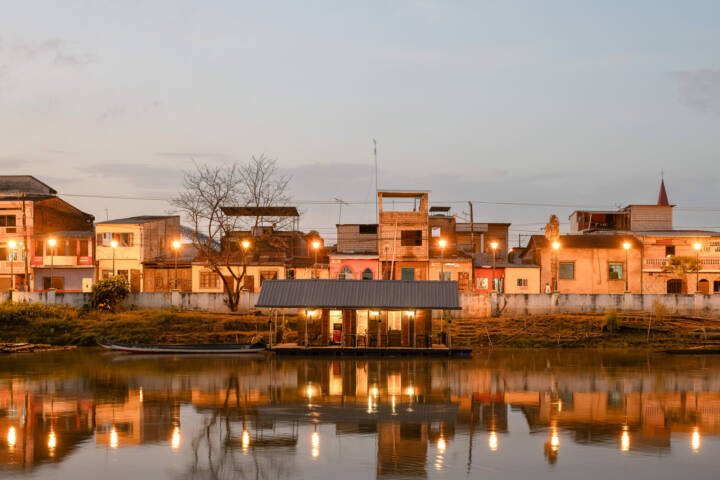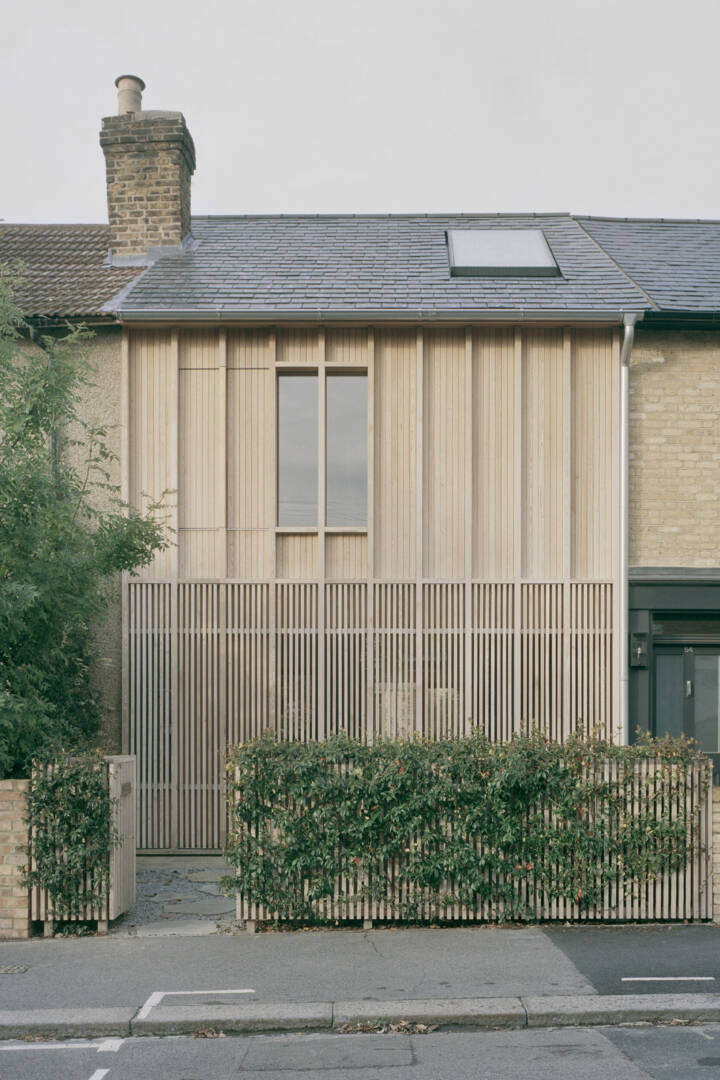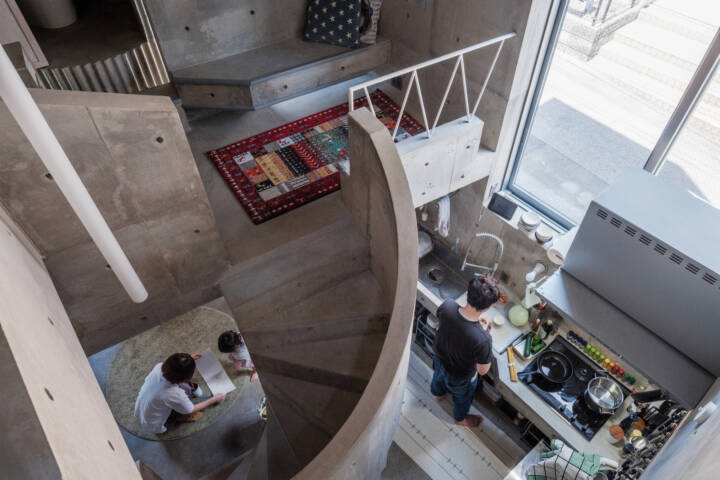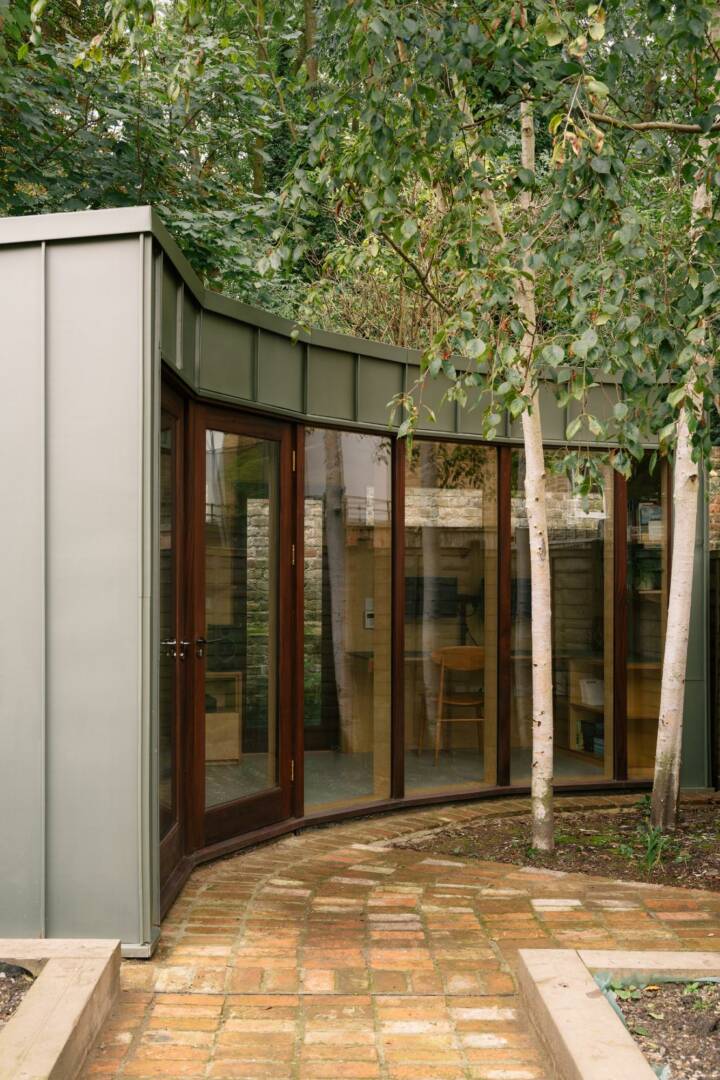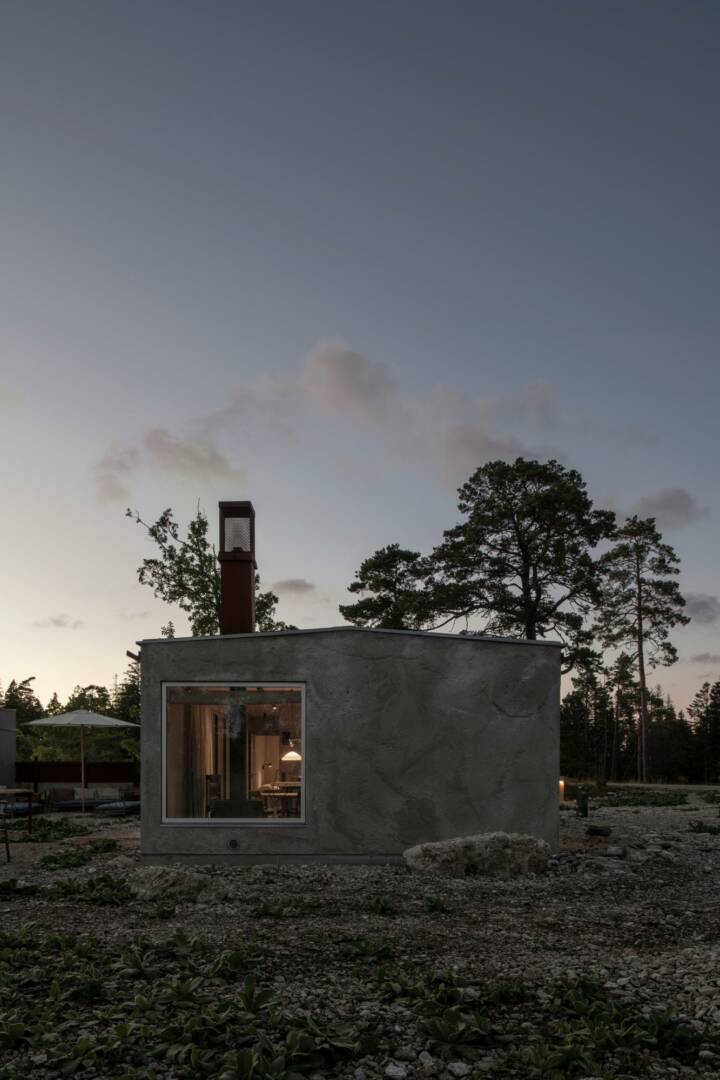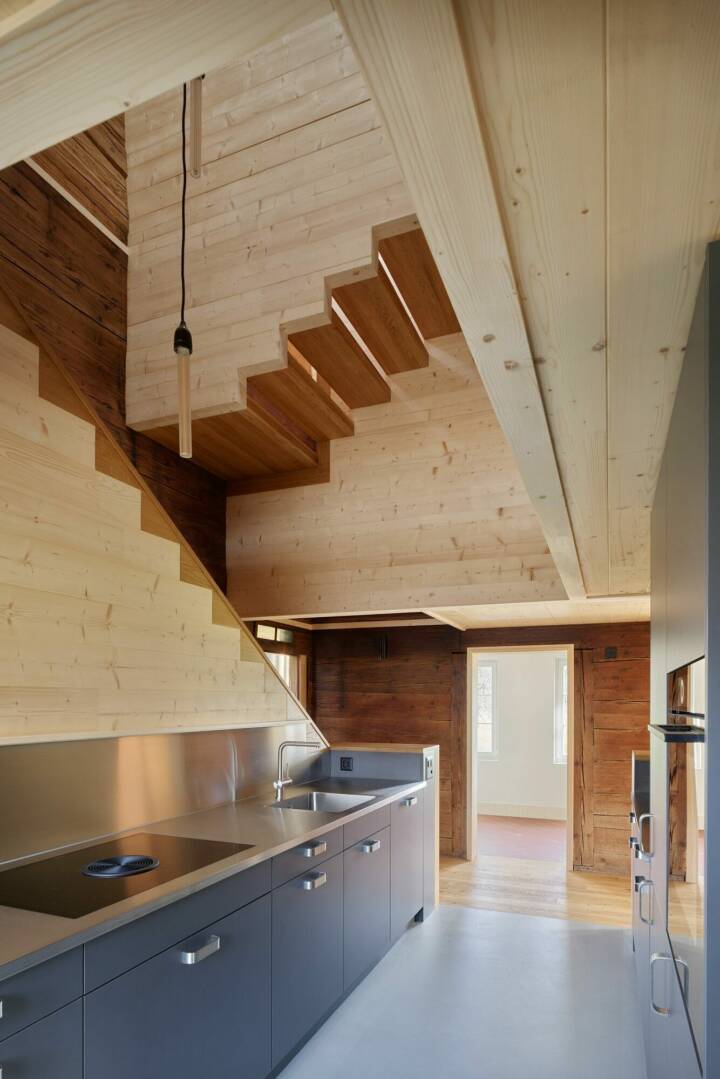Architects: Seiichi Yamada and Associates Photography: Akinobu Kawabe Construction Period: 2021 Location: Nishichiyoda, Japan
The plan is to build a private residence in a residential area in the district leading to Sunpu Castle in the center of Shizuoka City. A stream used to transport materials when the castle was built flows nearby, leaving the countryside where the frog crow. With the respect to traditional Japanese houses, we are trying to build Japanese houses in the future without falling into nostalgia by renewing styles and traditions starting from openness and depth.
Read MoreClosePillars are erected on the outer peripheral surface of a 3 x 6 angle at a pitch of 900 mm and tied in the shape of a gable roof. Flat lattice beams assembled at a pitch of 1,800 mm are stacked by shifting 900 mm to the left and right to create a beam frame. All of the materials are 90mm square hinoki materials, and the cost is rationalized. By tying the pillar materials together, the slender ratio is cleared while providing a heat-insulating layer. In this way, four floors including the dirt floor are created in the studio centered on the staircase, and the frame becomes a skeleton that floats like a cloud inside the building.
The three-layered wall, which is based on a 3×6 board, acts as a drain and a window, and the stepped shadows outline the exterior. When the wall is closed, people passing by, swaying plants, basins, etc. are reflected on the silver outer wall and emerge, blurring the existence of the house. Inside, the staircase connects the floors of each floor vertically, and a small light passing through the frame illuminates the dirt floor.
When you open a wall, something like a dark hole appears on the outside, and a sharp ray of light shines inside. When all the walls are opened, the dirt floor is continuous with the city, and the light reflected from the basin shimmers in the upper structure. By opening and closing the wall, what can be seen from inside and outside is switched. By repeating this, this house, which represents the invisible behind the wall, is like a temple somewhere. Just as a monk opens and closes fittings in the morning and evening to change the area, daily small activities create a street corner and a living.
Text provided by the architect.
